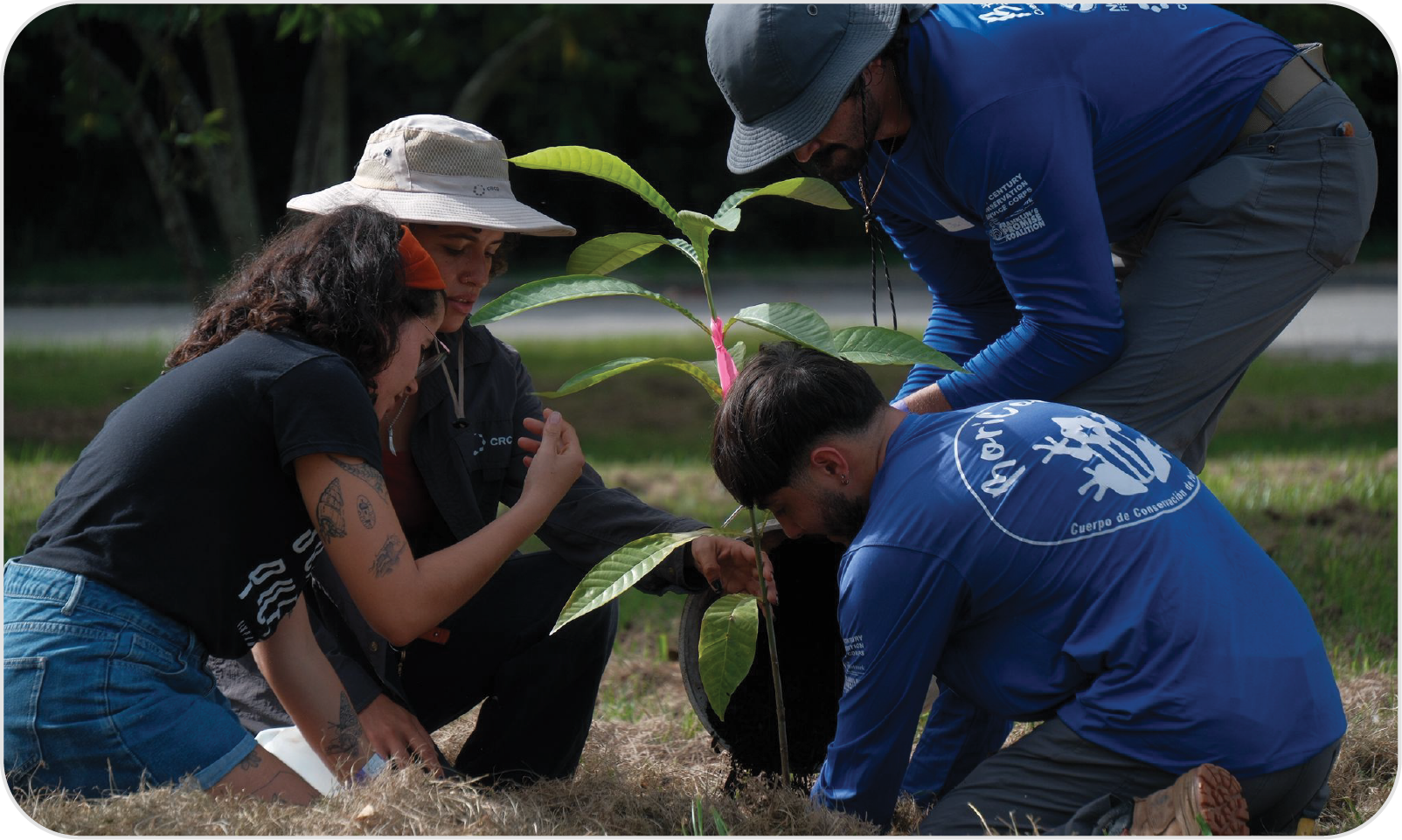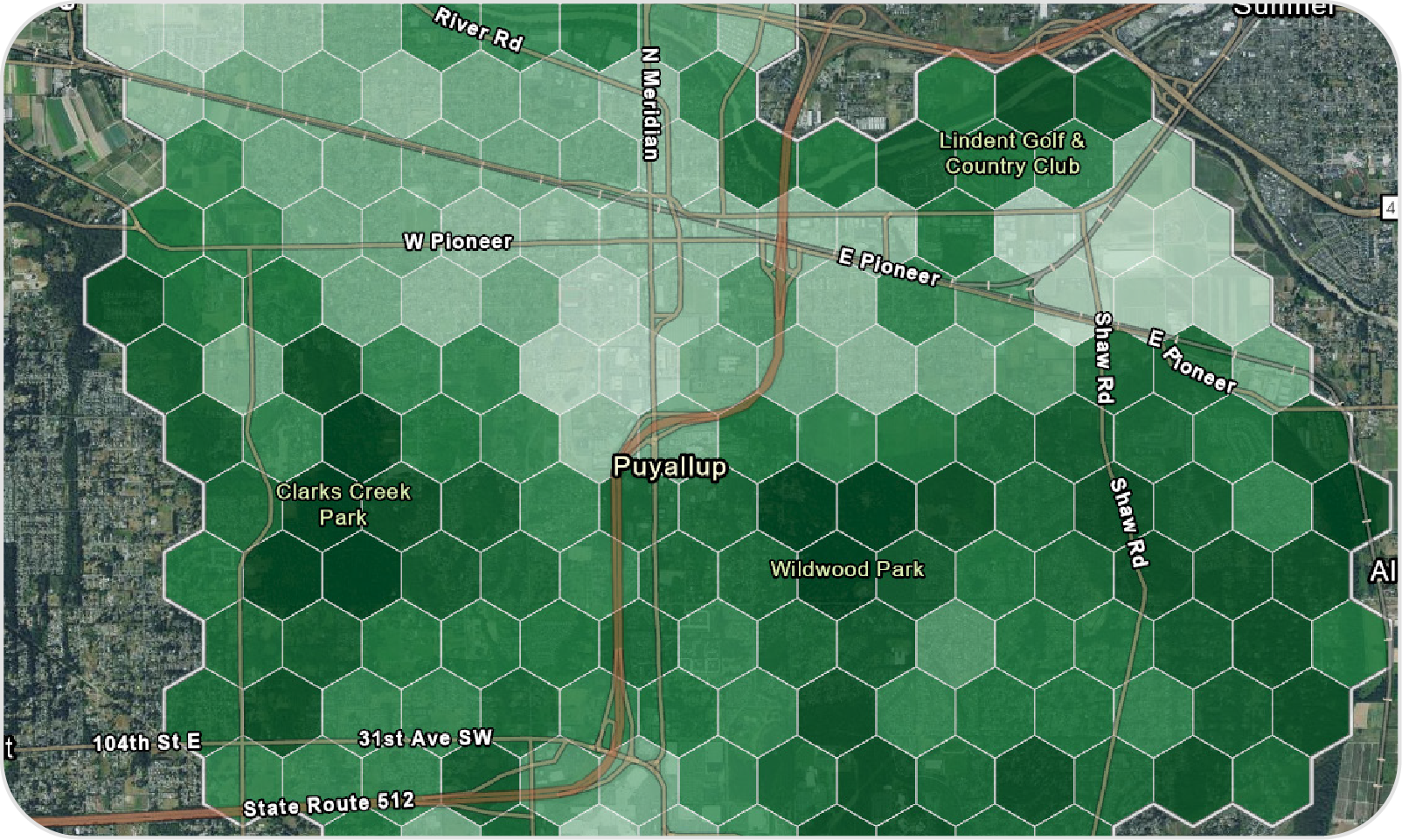CAPA
Capsules
The year 2026 is poised to see a significant decrease in Federal funding for natural hazards, adaptation, and local environmental efforts, yet is on track to be one of the top-three hottest years ever recorded. CAPA understands that budgets are tight, and that addressing extreme heat is still a priority for our clients. To support the continuation of important heat adaptation work, we are launching CAPA Capsules, a menu of smaller-scale, standalone services at an accessible price point.
Capsule services are ideal for jurisdictions and organizations who have already begun a heat resilience journey* – through data collection, mapping, engagement, or planning – and want to keep the momentum going.
The menu includes services within two categories: understanding and adapting to extreme heat. Understanding is advanced by long-range projections, hyperlocal landscape descriptions, and characterization of community vulnerability. Adaptation opportunities emerge through identification of community and stakeholder priorities, and evaluation of heat action strategies.
| Question | Capsule Service | Description |
|---|---|---|
| How hot will my region be in the future? | Heat Projections | Visualize expected neighborhood-scale changes in extreme heat up to the year 2100 using Global Meteorological Models. Evaluate the potential impacts of cooling interventions (e.g., tree planting) over time on extreme heat. |
| Would land cover changes cool my city? | Land Cover Assessment | Quantify relationships between heat and land cover, tree canopy, or land use to inform development policy and intervention options, and to understand how changes in land cover affect heat locally. |
| Where are people most vulnerable to heat? | Heat Vulnerability Assessment | Characterize social vulnerability using local temperature, demographic, and health data. Identify high-risk areas to help prioritize heat resilience initiatives. |
| How are people impacted by heat? | Targeted Community Survey | Gain insight into how specific communities experience and respond to extreme heat. Understand pathways for heat exposure, coping strategies, and impacts to catalyze action. |
| Is there a way to get community members involved? | Stationary Heat Monitoring (Mini-Campaign) | Engage community scientists to collect hyperlocal heat and humidity data in priority locations, cultivating awareness and advocacy. CAPA will lease monitors, support study design, and analyze data. Also available for air quality monitoring. |
| Thermal FLIR Camera Photo Mapping | Engage community members in a photo mapping campaign to document local surface temperatures, revealing differences in the built environment. CAPA will provide FLIR thermal cameras, training, and a site survey, as well as an interactive web map of results. | |
| Community Conversations | Develop an engagement roadmap, planning workshop protocol, and educational materials for community outreach to address extreme heat and tailored interventions. | |
| What heat resilience strategies are available? | Intervention Guidebook: Single Theme | Identify heat mitigation and adaptation strategies that are right for your region. Learn how different strategies work, and how to implement them for maximum benefit. Choose a guidebook focused on one of the following themes: (1) Physical and built environment, (2) Social support and programs, (3) Emergency response. |
| How do I build cross-sector collaboration on heat? | Stakeholder Alignment | Convene diverse government staff to develop a shared understanding of local heat risk. Identify stakeholders perspectives on heat, and consider potential roles in a heat management strategy. |
Each CAPA Capsule service is available for ≤$10,000.
Ready to take the next step? Contact info@capastrategies.com and let us know what Capsule services you’re interested in.
*If you’re new to heat assessment and planning and would like to discuss all available offerings and directions, please reach out to schedule a consultation with CAPA.



